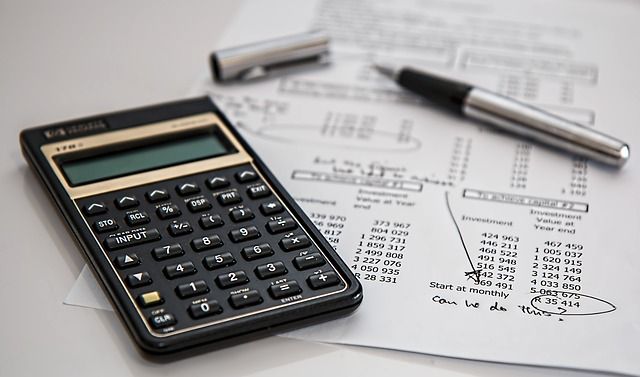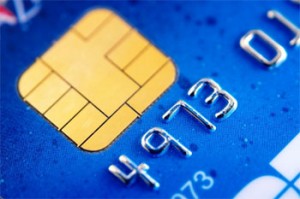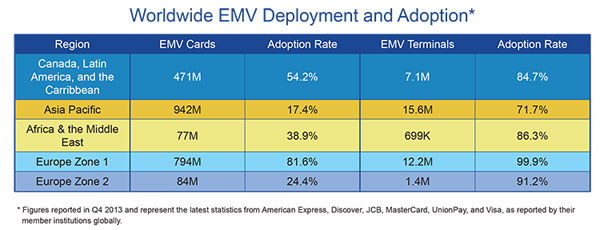Detect Any Unusual Activities In Your Financial Transactions

Monitoring your financial transactions serves as a key strategy to prevent elder financial exploitation. When you closely monitor your accounts, you can quickly spot any unusual activity and act before significant harm occurs. In this article, we explore the importance of transaction monitoring, the tools you can use, and how trusted individuals help safeguard your finances.
The Role of Monitoring: When you regularly monitor your financial transactions, you can spot irregularities or unauthorized activities early. Whether you notice an unfamiliar charge on your credit card or an unexpected withdrawal from your bank account, taking proactive steps helps you avoid potential exploitation.
Tools and Resources To Monitor Financial Transactions
There are several tools and resources available to help you monitor your financial transactions effectively:
- Transaction Alerts:
- Most banks and credit card companies offer transaction alerts that notify you via email or text message whenever a purchase or withdrawal is made. These alerts can be customized to inform you of specific types of transactions, such as those over a certain amount.
- Automatic Bill Pay Systems:
- Setting up automatic bill payments can help ensure that your bills are paid on time without the need for manual intervention. This can reduce the risk of someone else accessing your accounts to pay your bills and prevent missed payments.
- Account Aggregation Services:
- Account aggregation services allow you to view all your financial accounts in one place, making it easier to monitor your overall financial picture. These services often include tools for tracking spending and spotting unusual activity.
- Bank Statements:
- Regularly reviewing your bank and credit card statements is essential. Look for any transactions that you don’t recognize and follow up with your financial institution immediately if something seems off.
Involving a Trusted Person: Involving a Trusted Person: If you find it difficult to monitor your finances alone, you can involve a trusted individual to add an extra layer of protection. Here’s how you can involve someone without giving them full control over your finances:
- Transaction Alerts to a Third Party:
- Some financial institutions allow you to set up transaction alerts that are sent to a trusted third party, such as a family member or friend. This person can help you monitor your accounts and alert you to any suspicious activity.
- Dual Control Over Accounts:
- In some cases, you may want to establish dual control over your accounts. This means that two signatures or authorizations are required for significant transactions, reducing the risk of unauthorized spending.
- Second Copy of Statements:
- If you have trouble reading your statements, ask your financial institution to send a second copy to someone you trust. This person does not need authority to act on your behalf but can help you review the statements for accuracy.
Financial Security Means You Use These Preventative Measures
While monitoring is essential, it’s also important to take proactive steps to protect your finances:
- Do Not Share Your PIN or Passwords:
- Keep your personal identification numbers (PINs) and online banking passwords private. Do not share them with anyone, even caregivers or close family members, unless absolutely necessary.
- Be Cautious with Joint Accounts:
- If you have a joint account with someone, be aware that they have equal access to your funds. Ensure that you fully trust the person before opening a joint account.
- Review Your Credit Reports:
- Regularly review your credit reports for any accounts or loans that you did not authorize. You can obtain free credit reports from annualcreditreport.com.
Conclusion: Monitoring your financial transactions is a powerful way to protect yourself from exploitation. By utilizing available tools, involving a trusted person, and staying vigilant, you can ensure that your finances remain secure. Remember, prevention is key, and regular monitoring can help you catch issues before they escalate.
Recommended: Order cheap checks to save money on your checking account fees.
This article is part of a series that will help you protect your loved ones from identity theft, problems in your checking account and more. Here are links to the other articles.
Article #1 – Are Your Parents Protected From Financial Abuse?
Article #3 – Protect Your Beloved Seniors From Financial Abuse


